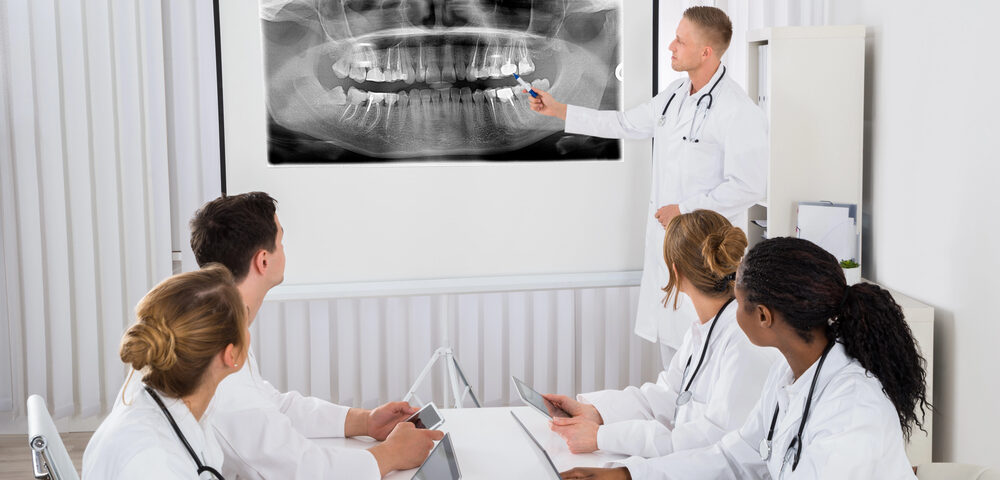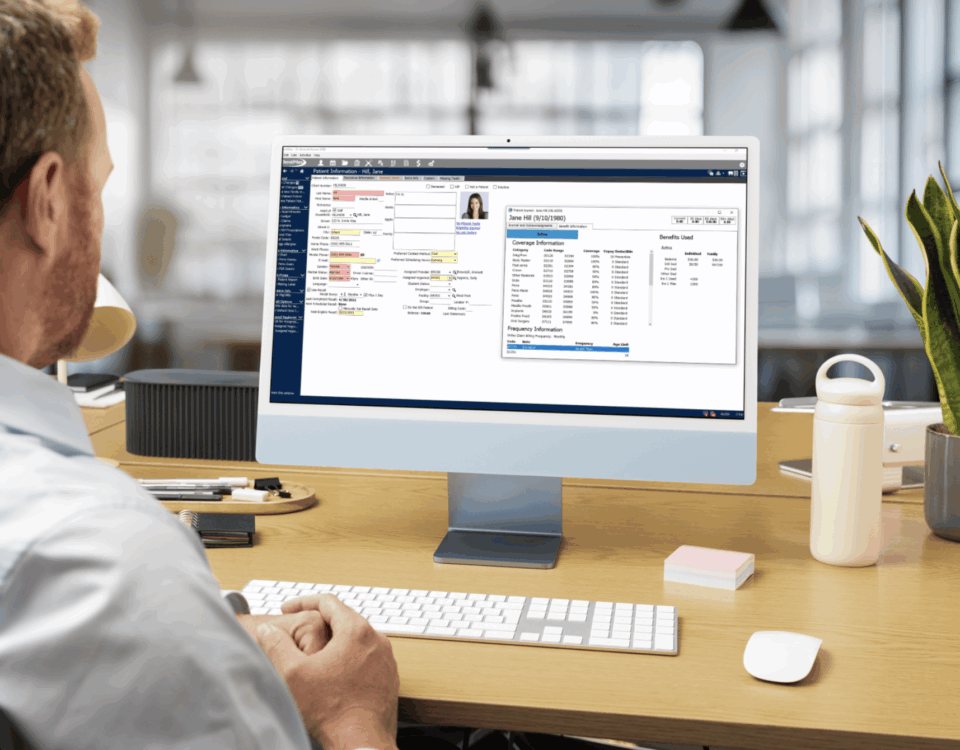If you’re considering a career in the dental field or looking to expand your qualifications, obtaining a dental X-ray certification is a smart and rewarding step. Both dental assistants and dental hygienists are commonly involved in taking X-rays, though their roles differ; assistants typically support the dentist during procedures and may take X-rays under supervision, while hygienists often perform X-rays as part of routine patient care with greater autonomy. Earning certification not only enhances your skill set but also opens the door to more responsibilities and better job opportunities. Here’s everything you need to know to get started.
Why Dental X-Ray Certification Matters
Dental X-rays are essential tools in modern dentistry. From detecting cavities and bone loss to aiding in treatment planning, radiographic imaging is at the heart of diagnostic care. However, because it involves radiation exposure, operating X-ray equipment requires formal training and certification. Certification ensures you know how to use X-ray equipment safely and effectively, protecting both patients and dental staff.
Step-by-Step: How to Get Certified
1. Check State Requirements
Certification rules vary by state. Some require a specific dental radiography course and a passing score on an exam, while others may require formal education and clinical experience. You can typically find your state’s regulations through your dental board or health department.
2. Enroll in an Accredited Dental Radiography Course
Look for programs accredited by the Commission on Dental Accreditation (CODA) or approved by your state’s dental board. These programs typically cover:
- Radiation safety
- Proper positioning techniques
- Use of digital X-ray sensors
- Patient communication
- Regulatory compliance
Courses may be offered through community colleges, vocational schools, or online programs and often include both classroom instruction and hands-on clinical training.
3. Gain Clinical Experience
Many certification programs require you to complete a set number of radiographs under supervision. You’ll learn how to use digital dental sensors, practice positioning techniques, and apply safety procedures in real scenarios. This hands-on experience ensures you’re comfortable operating equipment and capturing high-quality images in real-world settings.
4. Pass the Certification Exam
After completing your coursework and clinical hours, you may need to pass a certification exam. In many states, this includes the DANB’s Radiation Health and Safety (RHS) exam, which tests your knowledge of safety procedures, radiographic techniques, and anatomy.
5. Maintain and Renew Your Certification
Once certified, you’ll need to keep your credentials current. This may involve completing continuing education (CE) courses related to dental radiography or renewing your certification periodically. Renewal intervals and CE requirements differ by state, so be sure to stay informed.
Upgrade Your Skills with the Right Tools
Certified professionals often work with advanced digital imaging systems. To stay ahead, it’s crucial to use high-quality dental sensors that provide accurate, low-radiation imaging.
At DentiMax, we offer advanced digital X-ray sensors, imaging software, and support services to help your practice stay at the cutting edge. Whether you’re getting certified or managing a fully digital clinic, we’re here to support your journey.
Getting your dental X-ray certification is more than a credential, it’s your gateway to a more skilled, impactful role in dental care. Whether you’re assisting chair-side during procedures or providing preventative care, the ability to take X-rays is essential for both dental assistants and hygienists, though each plays a distinct role in the process. With the right education, training, and tools, you’ll not only ensure patient safety but also contribute to a more efficient and modern practice.






